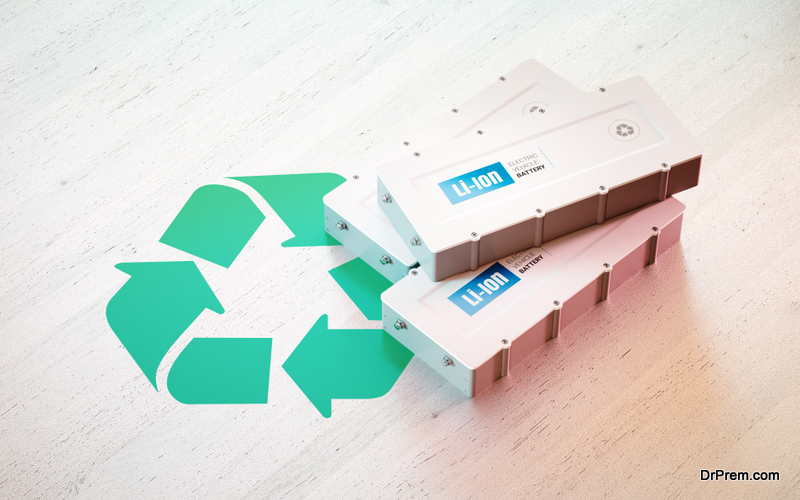Today, upgrading your electronic devices every few months has become normal; many people don’t think twice before buying the latest phone in the market.
With new technology growing at a fast pace, electronic equipment, like computers, mobiles, and video games, are replaced frequently with newer models. This is constantly adding to the pile of electronic waste. Since the recycling rate of e-waste is poor, this increased rate of e-waste can have hazardous effects on our planet.
All electronics contain toxic substances like lead, mercury, polyvinyl chloride, and chromium. These harmful materials fill up the landfills and seep into the earth, polluting the soil, water, and air. To prevent the hazardous effects of e-waste on the planet, it’s important to recycle e-waste.
That being said, this article will discuss the ways to recycle your electronic devices and a step-by-step process of recycling e-waste.
Ways to Recycle E-Waste
If you want to contribute to a greener tomorrow, opt for ways to recycle your old phones, computers, and other electronic devices.
Below, are a few ways to can recycle your e-waste:
1. Don’t Throw It Away
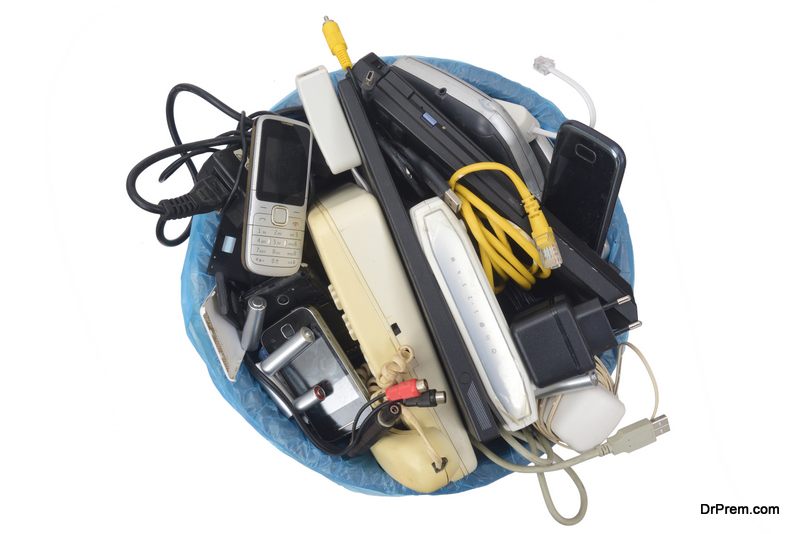 As electronic devices contain hazardous materials, it’s important to dispose of it properly. Throwing it away with your garbage can poison the landfills, water, and air.
As electronic devices contain hazardous materials, it’s important to dispose of it properly. Throwing it away with your garbage can poison the landfills, water, and air.
2. Donating It
If your device is in working condition, you can donate it to someone in need. Some organizations take old devices, fix them up, then donate it to charitable organizations.
3. Find A Responsible Recycling Unit Near You
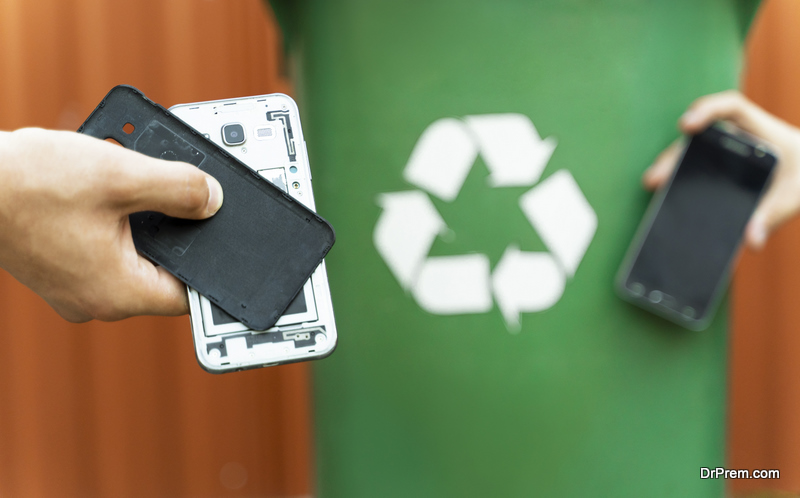 Look for companies with certifications that ensure eco-friendly and sustainable recycling of electronic waste.
Look for companies with certifications that ensure eco-friendly and sustainable recycling of electronic waste.
4. Give Your Old Device to Companies Offering Buyback Schemes
Today, many manufacturers offer buyback schemes for old phones. This way, they use recycled materials from old phones for making new products.
5. Drop Your E-waste at Government Facilities
 State governments and municipals have designated facilities to collect and recycle e-waste. For its proper disposal and recycling, you can give your e-waste in these facilities.
State governments and municipals have designated facilities to collect and recycle e-waste. For its proper disposal and recycling, you can give your e-waste in these facilities.
Step-By-Step Process of Recycling Waste
Below, we look at a step-by-step process of recycling e-waste:
1. Deciding What to Do with Electronic Waste
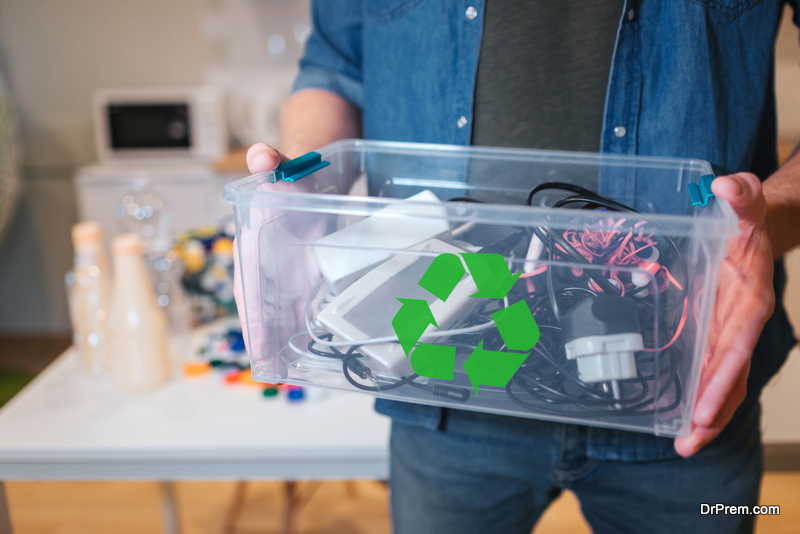 The first and most important step for recycling e-waste is to know what to do with your old devices; responsible consumption is key if you want to reduce your carbon footprint.
The first and most important step for recycling e-waste is to know what to do with your old devices; responsible consumption is key if you want to reduce your carbon footprint.
Throwing your old phone away every few months can considerably add to the e-waste landfill. An eco-friendly option is to find ways to reuse, such as giving it off to friends. You can also sell broken phones in the second-hand phone market.
If your phone cannot be used anymore, properly dispose of it off for recycling.
2. Manually Sorting the Device Parts
Once in the recycling unit, it’s important to sort e-devices manually. This is important since electronic devices contain a variety of materials, such as plastic, glass, and other metals. Sorting it manually is an efficient way to ensure that all the parts are either reused optimally or upcycled.
Also, parts like LED lights, UPS batteries, and cartridges shouldn’t be shredded but sorted manually as it contains hazardous materials.
3. Shredding the E-Waste
 The shredding exercise consists of a two-step shredding process. Initial shredding of e-waste cuts the materials into 100 mmm pieces for further sorting.
The shredding exercise consists of a two-step shredding process. Initial shredding of e-waste cuts the materials into 100 mmm pieces for further sorting.
4. Removing Metals with A Magnet
A powerful magnet removes the iron and steel scraps from the shredded e-waste. This steel is then sold as recycled steel.
After this, a mechanical process separates aluminum, copper, and circuit boards. These separated materials are then sold as recycled commodities.
5. Using Water Technology to Separate Non-Metallic Waste
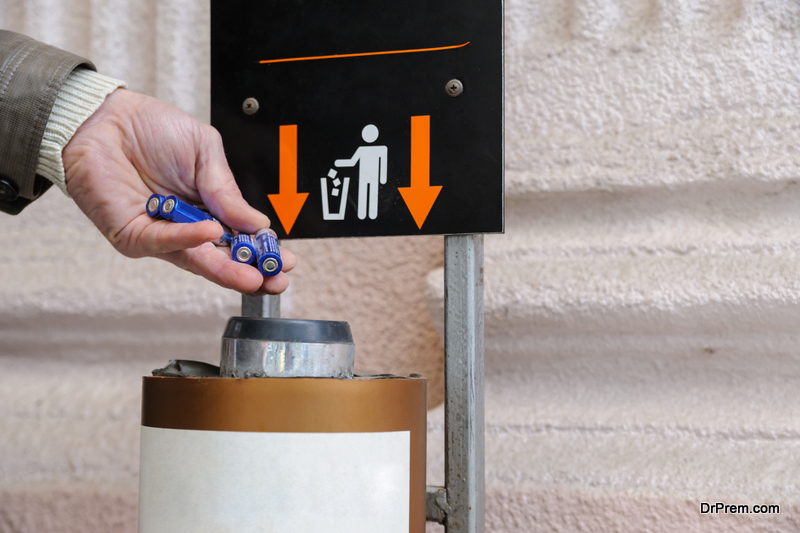 After the mechanical sorting, only scraps of plastic and glass are left, which is further separated by water separation technology.
After the mechanical sorting, only scraps of plastic and glass are left, which is further separated by water separation technology.
The lead-containing glass is further sent to be used for making new products, like batteries, X-ray shields, and CRTs. Furthermore, the plastic is sold to plastic manufacturers.
6. Using Advanced Separation Technology to Remove Remnant Metal Scraps
Finally, the extracts of remaining metal scraps from plastic are removed by using advanced technology, further refining the separation process.
7. Selling Recycled Materials
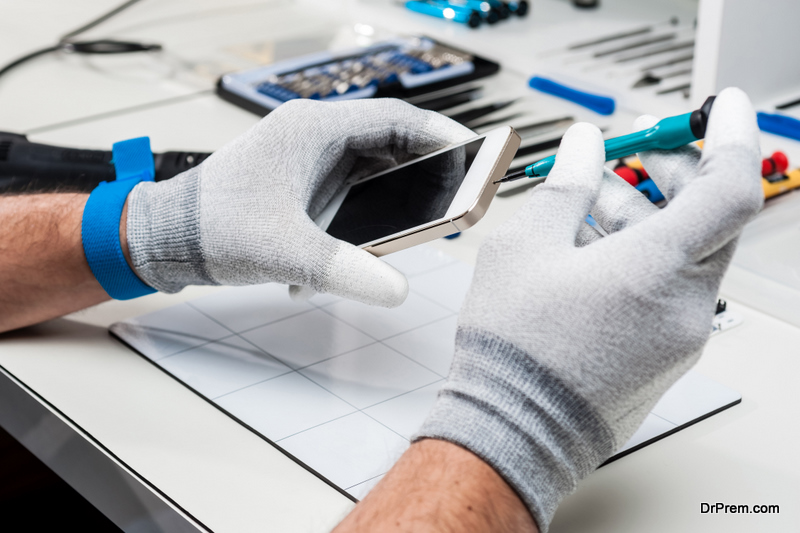 After the thorough sorting process, the separated materials are further sold as raw materials for making new electronic equipment.
After the thorough sorting process, the separated materials are further sold as raw materials for making new electronic equipment.
This process not only helps reduce e-waste but is also economically viable for manufacturers. As a result, there’s reduced greenhouse gas emissions, water and air pollution, and carbon footprint.
Benefits of Recycling E-waste
- Recycled materials can be used for making new products. This means that you can help reduce the use of natural resources.
- By using recycled waste, manufacturers can reduce their production costs.
- Reusing or recycling e-waste greatly impacts your carbon footprint as you’re contributing to the reduction of electronic landfill.
- Recycling your e-waste is a big step towards an eco-friendly, sustainable lifestyle
Conclusion
Today, we live in a digitally powered world where e-waste is inevitable. However, to ensure that your e-waste doesn’t add to the additional toxic burden on the planet, it’s essential to dispose of it properly.
Proper disposal of e-waste can help reduce soil pollution, air pollution, and water pollution, contributing to a greener tomorrow.
Article Submitted By Community Writer


